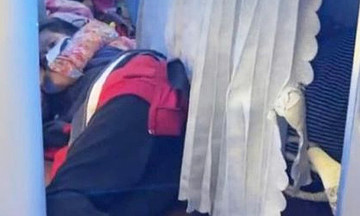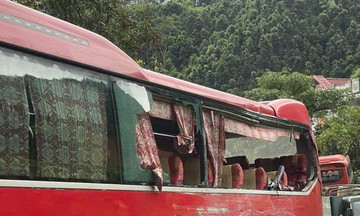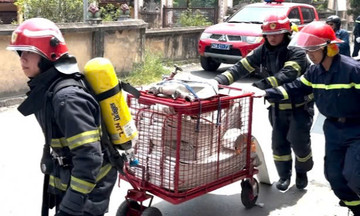On 26/7, Mai Van Duong, director of the Elephant Species and Habitat Conservation Area (under Da Nang's Special-Use Forest Management Board), said that in early 2025, forest rangers received reports from locals about signs of elephant breeding in the Na Lau area. The management board placed 30 camera traps at 15 locations where the elephant herd is known to frequent.
During an image retrieval operation from 20/7 to 23/7, reserve staff discovered images of a calf alongside its mother, captured on 8/7. The calf moved nimbly, always with its mother protectively following close behind.
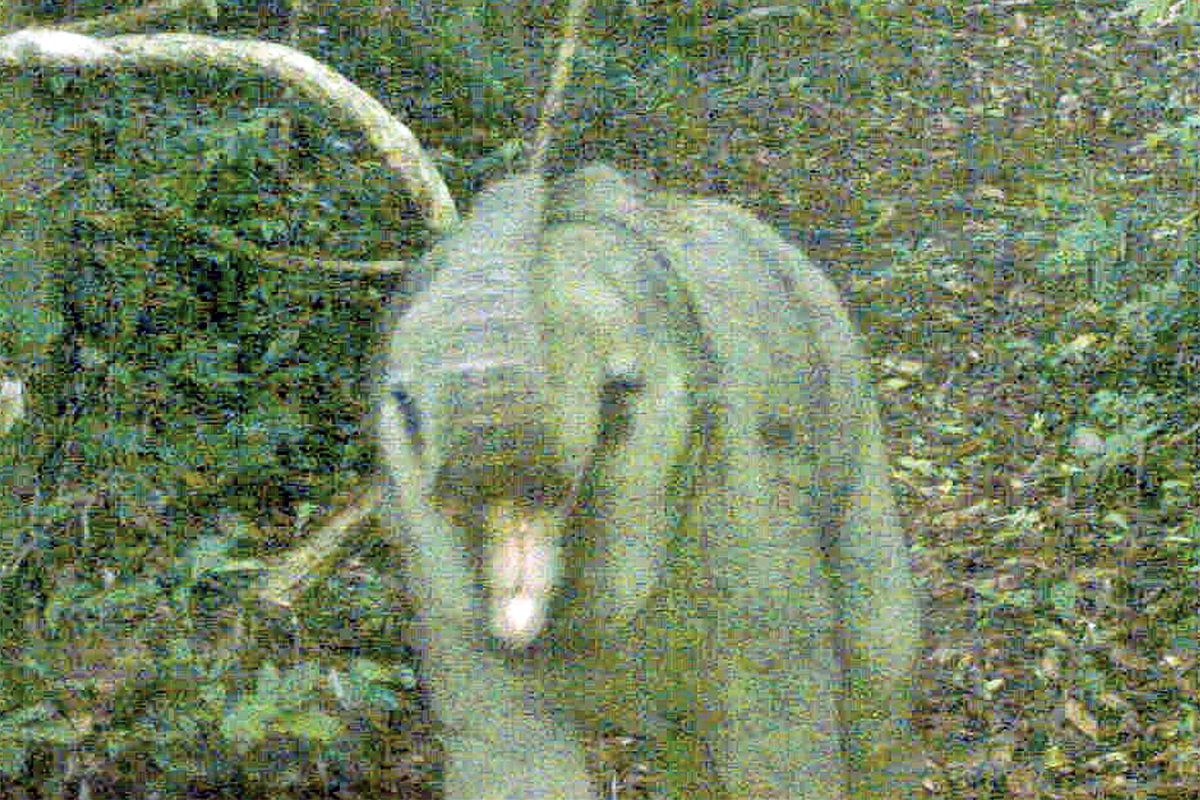 |
Camera trap results reveal a several-month-old elephant calf moving through the Elephant Species and Habitat Conservation Area on 8/7. Photo: Courtesy of the reserve |
According to Duong, the sighting of the calf is a positive sign of the natural breeding process of the wild elephant herd in the reserve, a testament to the efforts to protect the forest, maintain the habitat, and mitigate human-elephant conflict. The reserve is currently home to at least 9 elephants.
Previously, in 2020, with the support of the Truong Son Xanh Project, the reserve recorded a roughly one-year-old calf, indicating that the wild elephant population has a complete herd structure with males, females, and young.
The Elephant Species and Habitat Conservation Area was established in 2017 by the former Quang Nam province. It is the first elephant reserve in Vietnam, covering nearly 19,000 hectares in what was formerly Phuoc Ninh and Que Lam communes, Que Son district.
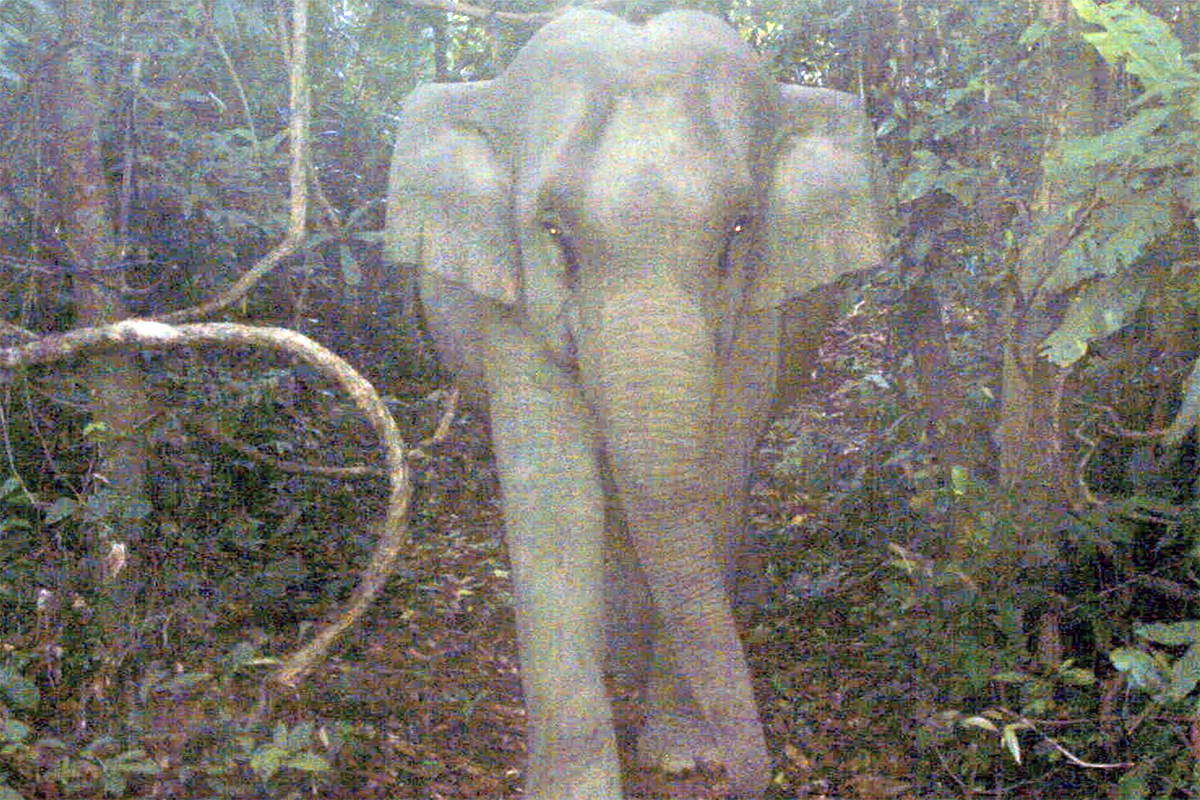 |
The mother elephant follows closely behind her calf for protection. Photo: Courtesy of the reserve |
Between 2017 and 2020, wild elephants frequently raided crops, trampled water pipes, and approached houses in Cam La village, Que Lam commune (Da Nang). Following research, the Elephant Species and Habitat Conservation Area and the Truong Son Xanh Project planted 30 hectares of soap pod trees to create a 7 km green fence at a cost of 4.3 billion VND. The thorny, fast-growing soap pod trees create a natural barrier to prevent elephants from entering the village, reducing human-elephant conflict, while also providing fruit for shampoo production, increasing income for locals and contributing to forest protection.
The reserve has 215 terrestrial vertebrate species belonging to 84 families and 27 orders. These include 32 mammal species, 134 bird species, 28 reptile species, and 21 amphibian species.
Quang Nam merged with Da Nang City on 1/7/2025. The expanded Da Nang City covers over 11,800 km2, with a total natural forest area of about 5,000 km2, accounting for nearly 43% of the city. Da Nang now includes the Son Tra Nature Reserve, the Ba Na - Nui Chua Nature Reserve, and the Cu Lao Cham World Biosphere Reserve.
Nguyen Dong









